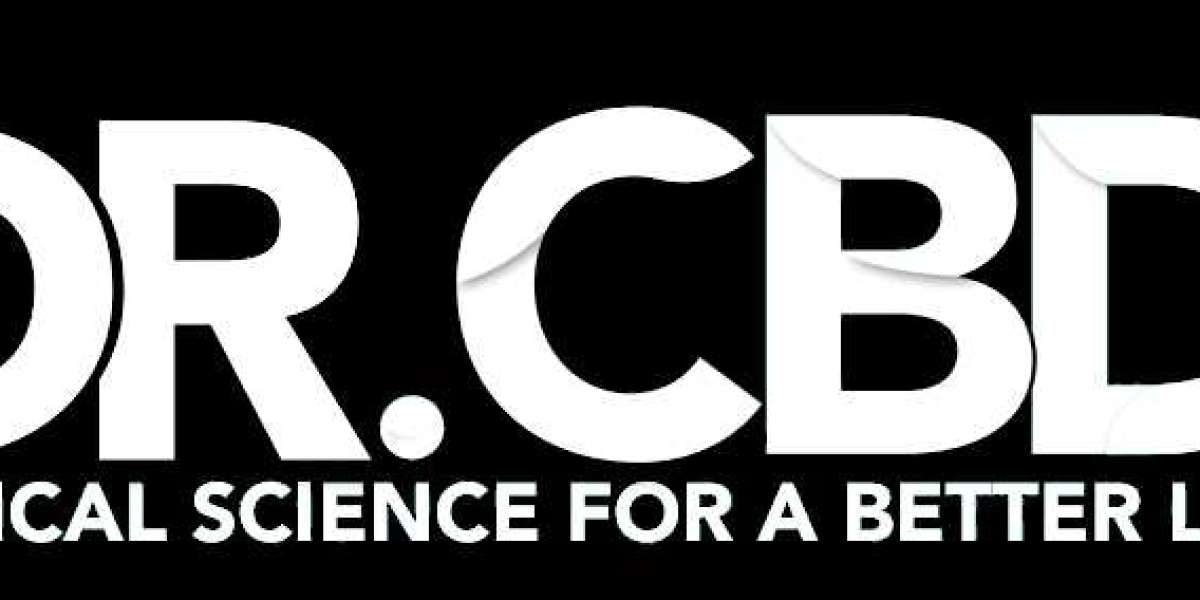All POCT Products for sale Total Triiodothyronine (TT3) Test Kit (Fluorescence Immunoassay) Application It is suitable for quantitative determination of total triiodothyronine (TT3) in human plasma or whole blood in vitro. Package 1 test/kit, 5 tests/kit, 10 tests/kit, 25 tests/kit, 50 tests/kit. Glossary As the largest endocrine gland in the human body, the thyroid secretes the main active substances tetraiodothyronine (T4) and triiodothyronine (T3), which are important for protein synthesis, body temperature regulation, energy production and regulation has a very important role. Most of T3 in serum is converted from deiodination of peripheral tissues, and a small part of T3 is directly secreted by the thyroid and released into the blood. Most of T3 in serum is bound to binding proteins, of which about 90% is bound to thyroxine-binding globulin (TBG), the rest is bound to albumin, and a very small amount is bound to thyroxine-binding prealbumin (TBPA). The content of T3 in serum is 1/80~1/50 of that of T4, but the biological activity of T3 is 5~10 times that of T4. T3 plays an important role in judging the physiological condition of the human body, so it is of great significance to detect the content of T3 in serum Clinical Significance 1. Increased TT3: 鈶?TT3 is the most sensitive indicator for diagnosing hyperthyroidism (hyperthyroidism). In hyperthyroidism, TT3 can be 4 times higher than the normal value. 鈶?At the same time, TT3 is a specific indicator for the diagnosis of T3 hyperthyroidism. 2. Decreased TT3: Common in hypothyroidism (hypothyroidism). 3. Low T3 syndrome, although there is a decrease in T3, but no symptoms of hypothyroidism, it can be seen in pernicious anemia, acute myocardial infarction, liver cirrhosis, uremia and other acute and severe diseases and chronic wasting diseases. Components The kit consists of total triiodothyronine detection reagent card, detection buffer, ID card and instructions. Total Triiodothyronine (TT3) Serum total triiodothyronine is a common indicator for judging hyperthyroidism or hypothyroidism, and a specific indicator for diagnosing T3 hyperthyroidism. Normal values for total triiodothyronine (TT3): The serum TT3 value is related to age. The level of TT3 after birth is higher than that of normal adults, and gradually decreases with age after the age of 5. The TT3 of elderly people is often lower than that of normal people. Therefore, TT3 values of different ages should be established clinically to avoid misdiagnosing normal infants and young children as hyperthyroidism and the elderly as hypothyroidism. Adult: 1.54-3.08nmol/L (100-200ng/dl). Cord blood: 0.23-1.16nmol/L (15-75ng/dl). Neonatal: 0.49-3.33nmol/L (32-216ng/dl). 1-5 years old: 1.62-4.1nmol/L (105-269ng/dl). 5-10 years old: 1.45-3.71nmol/L (94-241ng/dl). 10-15 years old: 1.28-3.28nmol/L (83-213ng/dl). Note: The normal value of serum TT3 varies greatly from laboratory to laboratory. The human body produces T320-30ug every day, a small part (20%) is produced by the thyroid gland, and the majority (80%) is converted from T in the peripheral tissues. TT3 is the main hormone responsible for the action of thyroid hormones on various target organs. Serum TT3 concentration reflects the function of the thyroid to surrounding tissues better than the secretion state of the thyroid. TT3 is an important indicator to identify early hyperthyroidism and monitor recurrent hyperthyroidism. TT3 determination can also be used for the identification of T3 hyperthyroidism and the diagnosis of pseudothyrotoxicosis. Clinical significance of total triiodothyronine (TT3): (1) Increased TT3: 鈶燭T3 is the most sensitive indicator for diagnosing hyperthyroidism (hyperthyroidism). In hyperthyroidism, TT3 can be 4 times higher than normal. 鈶t the same time, TT3 is a specific indicator for the diagnosis of T3 hyperthyroidism. (2) Decreased TT3: Commonly seen in hypothyroidism (hypothyroidism). (3) Low T3 syndrome, although there is a decrease in T3, but no symptoms of hypothyroidism, it can be seen in acute and severe diseases such as pernicious anemia, acute myocardial infarction, liver cirrhosis, uremia, and chronic wasting diseases. Hyperthyroidism in pregnancy, hyperthyroidism during pregnancy, hyperthyroidism in the elderly, hyperthyroidism in pregnancy, anemia, liver cirrhosis, hypothyroidism, hypothyroidism in the elderly, hypothalamic syndrome, pregnancy with hypothyroidism. Related symptoms include hypermetabolism syndrome, hyperparathyroidism, goiter, urinary incontinence, abnormal heart sounds, abdominal mass, heart tremor, heart murmur, abdominal pain, ascites and so on. Notes are as follows: 1. Before the inspection, it is necessary to stop eating iodine-rich foods, such as kelp, seaweed, sea fish and shrimp, etc., according to the amount of consumption, stop eating for 2-4 weeks. 2. The following medicines must be stopped before the examination. According to the dosage and time, stop taking the medicine for 2-8 weeks. (1), iodine-containing drugs, such as iodide, compound iodine solution, iodine-containing tablets, etc. (2) Drugs that affect thyroid function, such as thyroid tablets, anti-thyroid drugs, etc. (3), some Chinese herbal medicines, such as seaweed, kelp, fritillary, burdock, wood and so on. 3. The patient should be fasting on the day of examination. All POCT Products for sale website:http://www.modaivds.com/all-poct-products/
xsdxs23f
10 Блог сообщений


